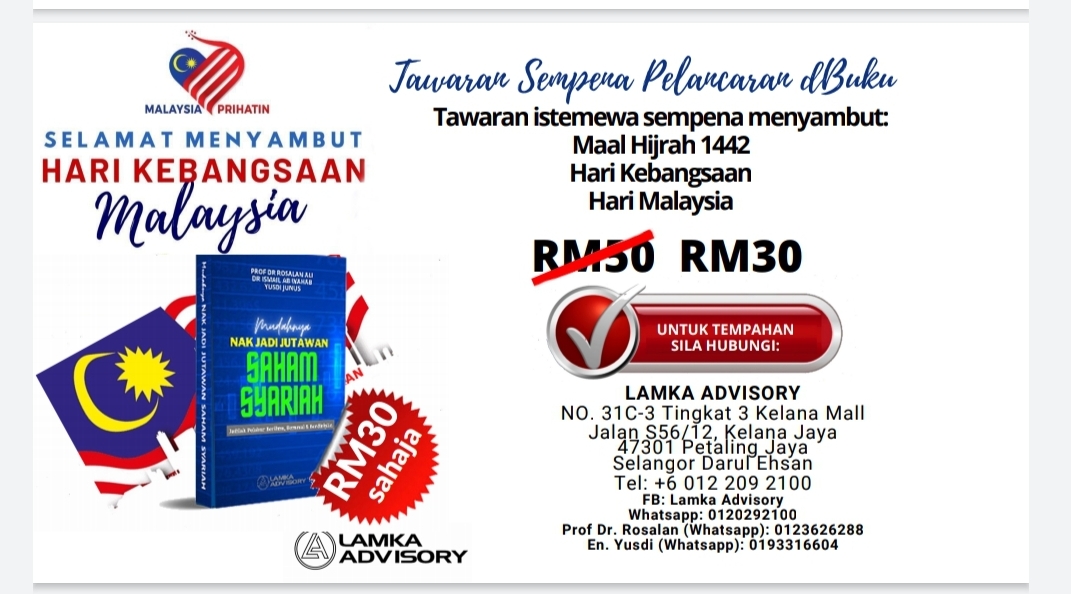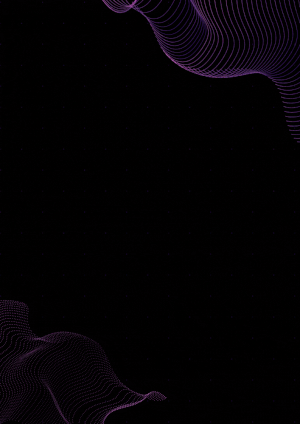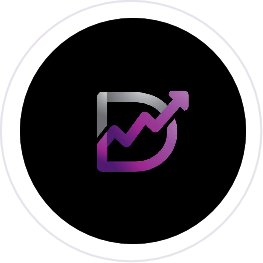 DagangNews.com
DagangNews.comTHE FUTURE OF COMPOSITE INDEX FUTURES AND SINGLE STOCK FUTURES IN MALAYSIA
AS the above topic may suggest, I am rather sceptical about the future of Single Stock Futures (SSF) and KLCI futures in Malaysia. The main reason is that KLCI futures was already introduced since 1995 still under-performing with low liquidity. Likewise, SSF that was introduced since 2006 also does not show any significant progress either, as documented in my book “Introduction to Malaysian Derivatives” (2006, UPENA). This textbook is available for its 10th publication on Shopee (2020, UiTM Bookville).
In fact, SSF was supposed to be traded in stages on Bursa Malaysia Derivatives Berhad (BMDB) in terms of the listed companies of Bursa Malaysia Securities Berhad (BMSB). The underlying feature between these two exchanges is the former trades derivative securities while the latter trades physical securities. BMDB is the futures market that underlies its cash market; BMSB.
The Future of Composite Index Futures
As noted in my previous articles last two months, Malaysian futures can be in the form of commodity and financial futures. Commodities refer to natural resources that Malaysia produces and exports, started with crude palm oil (CPO) futures in 1980. However, rubber futures that were introduced in 1982 and tin futures in 1983 were dying in early 1990s. Nonetheless, CPO futures are growing in style as a global risk management platform for 16 edible oils. Due to its significant presence in the palm oil industry in Malaysia, palm oils have been transformed into olein oil futures and palm kernel futures traded on BMDB.
In fact, very much earlier, Kuala Lumpur Options Financial Futures Exchange (KLOFFE, now BMDB) as the first Malaysian financial futures market launched KLCI (Kuala Lumpur Composite Index) futures in May 1995, in which KLSE (now BMSB) as its cash market. However, its trading is still below market expectation as it shall have at least 100,000 contracts traded daily.
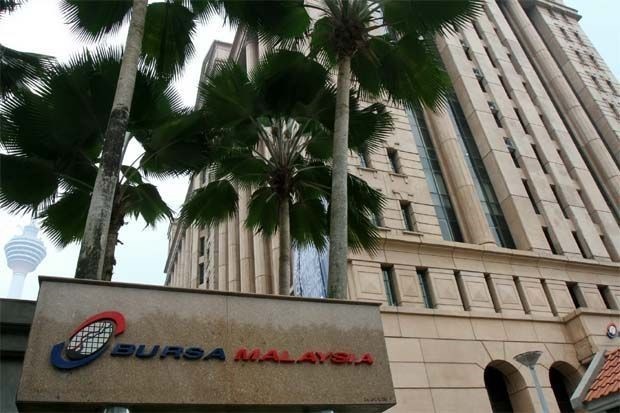
By comparison, Korea Exchange that introduced its KOSPI (Korea Composite Stock Price Index) futures also in May 1995 trades superbly with average 300,000 contracts daily while FKLI futures just merely trades with average 15,000 contracts until late October 2020. After 15 years of trading, KLCI (now FBM KLCI) futures comprising of top 30 listed companies are still struggling to meet its sufficient liquidity!
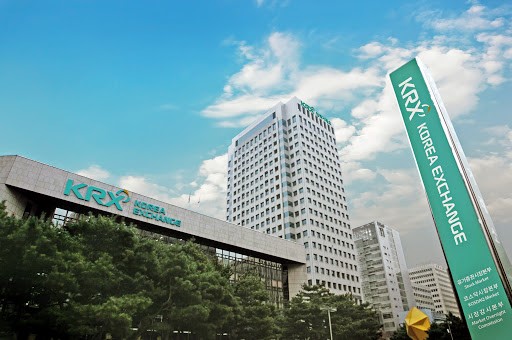
Malaysian Financial Futures
For financial futures in Malaysia, BMDB trades KLCI (composite index) futures, KLIBOR (interest rate) futures and MGS (government bond) futures. KLIBOR refers to Kuala Lumpur Inter Bank Offered Rates while MGS refers to Malaysian Government Securities. Index futures and interest rate futures are not sighted as opposed to commodity futures that can be sighted and delivered physically and hence, they are shariah compliant securities. This is justified as index and interest rates we could not see and deliver, and hence both do not meet shariah rules.
It is worth mentioning to note that Malaysia has a complete regulated futures and options by introducing KLCI options in October 2000. Malaysian futures and options are replicating Chicago Board of Trade (CBOT) founded in 1894. CBOT’s regulated futures and options trading has become the global modern derivative models, including BMDB (then KLCE, COMMEX and MDEX) as documented in my past articles last October 2020.
However, KLCI options with its trading code (OKLI) seem not to perform satisfactorily since its inception in 2000. In most cases, OKLI has very thin trading and at time nil trading, contradicts to its code OKLI is not “OK”. With poor trading, OKLI was struggling to meet its required liquidity that prompted BMDB to introduce SSF in April 2006. Yet we have two sad episodes of FKLI and OKLI as both meant for risk management platform for local portfolio managers since 1995 and 2000 respectively. Unfortunately they seem not to utilise both futures as their hedging mechanism to protect their investments from risk exposure in the BMSB!
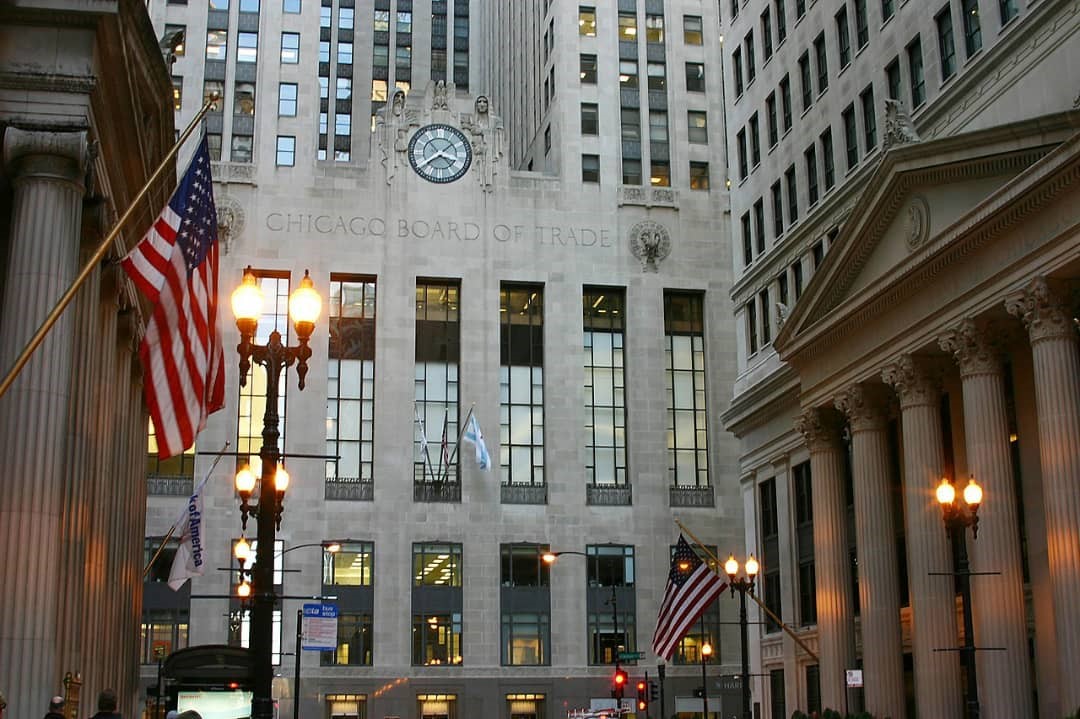
The Future of Single Stock Futures
So, how about single stock futures?
Single stock futures (SSF) contract enjoys similarity to KLCI futures (FKLI) contract in terms of the underlying security. As noted earlier, FKLI trades on BMDB as the derivative (futures) market with its underlying is FBM-KLCI trades on BMSB as the stock (cash) market. The performance of FKLI depends on the performance of KLCI; either trading at premium or discount of its underlying market.
SSF as the name may imply refers to the single stock or share (counter) of the listed companies on BMSB. If FKLI refers to broad-based KLCI, SSF on contrary refers to a sole-based listed company. Interestingly, KLCI is a constituent of 30 big companies of BMSB while SSF consists of 10 selected big companies of BMSB. However SSF as noted earlier was actually began its trading on BMDB since 2006.
Next week we will testify on the performance of SSF after revamping from KLCI to FBM KLCI and KLCI futures to FBM KLCI futures. Also we will attempt to compare index futures and index options between Bursa Malaysia and Korea Exchange as both exchanges have regulated index futures and options!
The writer was former investment professor at UiTM until retired in 2016, a Fulbright fellow of US Department of State, Washington DC since 2011 and principal research fellow at Lamka Advisory since July 2020.
